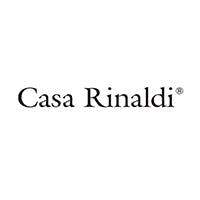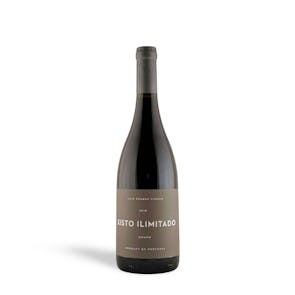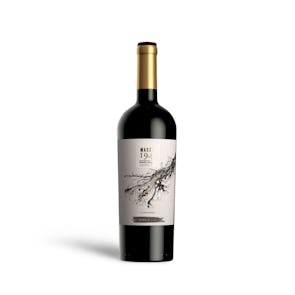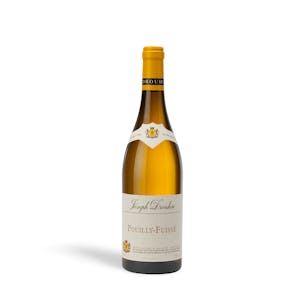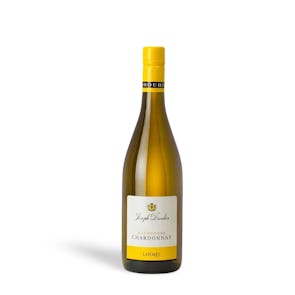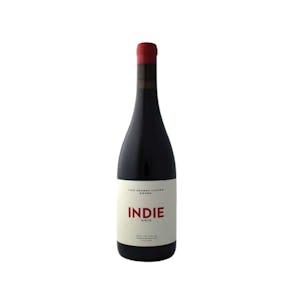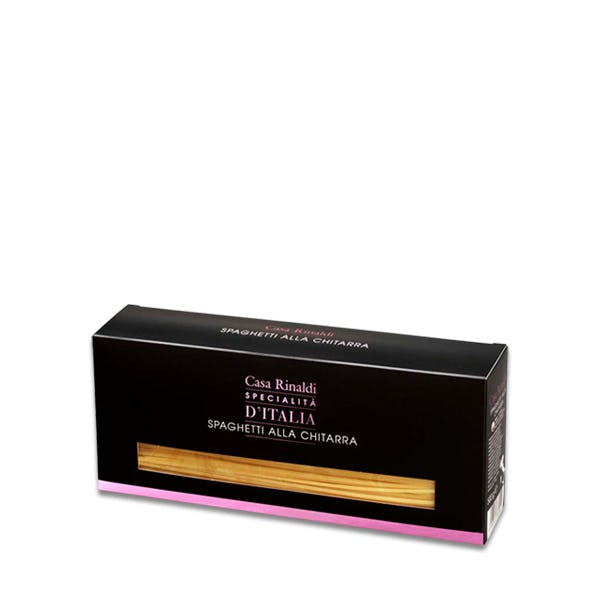
TASTING NOTES FROM THE CURATOR
Made with durum wheat semolina and eggs, Spaghetti Chitarra is also sometimes known as maccheroni alla chitarra. It first came from Abruzzo, Italy, and is made with a special wooden tool. Casa Rinaldi Spaghetti Chitarra come in long strips similar to spaghetti or bucatini, but its cross-section is squared instead of rounded.
PREPARATION AND PAIRINGS
Spaghetti Chitarra is usually used in pasta dishes with ragu or meat sauces. A classic Abruzzo recipe is the spaghetti chitarra alla termana (con pallotine). Pallottines are tiny meatballs, and add a great flavor to the simple dish.
- Make your favorite red meat sauce, and let it simmer on low heat.
- Make the pallottines by mixing together minced meat, egg, some nutmeg, ground pepper, salt, and grated parmesan in a large bowl. Make sure all ingredients are fully incorporated. Make small balls (less than an inch in diameter) with your palms, and stir fry your pallottines in a small saucepan with olive oil. Set them aside.
- Cook your Casa Rinaldi Spaghetti Chitarra according to package instructions.
- While the pasta cooks, reheat your pallottines in a saucepan with a little of your sauce added in.
- Drain your cooked pasta and transfer into the pan with your meat sauce. Stir until all the spaghetti chitarra is covered in sauce.
- Transfer the pasta with sauce to individual bowls, and add on parmesan cheese. Layer some pallottines on top, and a little more parmesan.
- Enjoy!
MUSICAL PASTA
“Chitarra,” in Italian, means “guitar,” and the spaghetti chitarra’s production echoes this musical etymology. It refers to the tool used to make the pasta—a chitarra, a small wooden frame with steels strings strung close together, resembling a guitar. The pasta dough is pushed through the strings with a rolling pin, cutting it. The newly cut strips are then released by passing your fingers over the strings, like strumming a guitar.
Storage Instructions
Store dry, uncooked pasta in a cool, dry pantry for up to one year. Preserve freshness by storing dry pasta in an air-tight box or container. Store plain (no sauce or other ingredients) cooked pasta in a container or plastic sealable bag in the refrigerator for up to five days and up to three months in the freezer.

